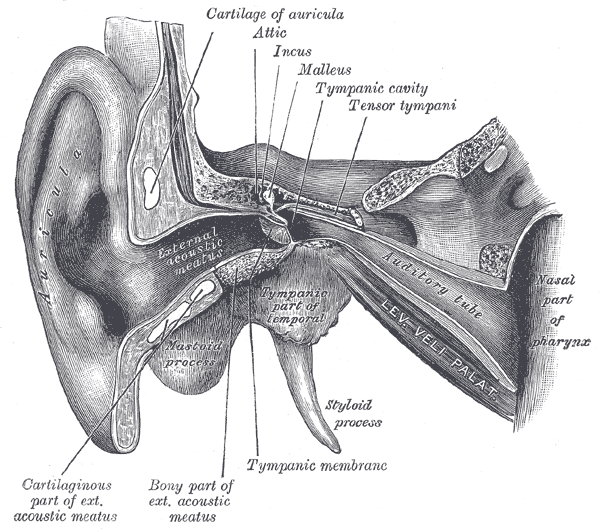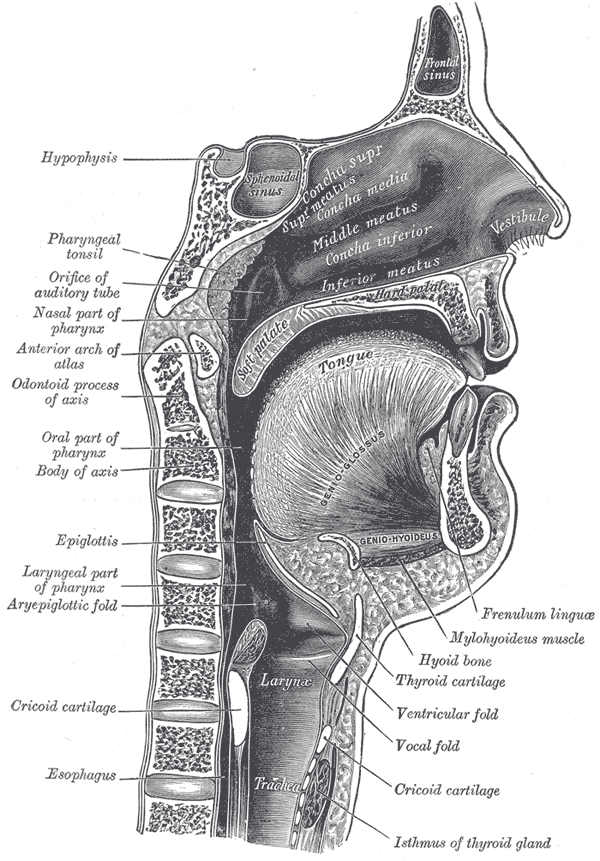Whatever your opinion is, one thing is clear and I doubt anyone would try to deny it it - it is the fact that you simply cannot equalize with BTV in negative depth unless you help creating the pressure in the mouse/sinus cavity in some way. Now it is the question where the reverse pack ends, and where the mouth-fill or Frenzel begins. When you do a reverse pack, you get air into your throat and mouth by extending its volume, closing the epiglottis and continuously compressing the air, so that the pressure is equal to the ambient pressure as you descend. Otherwise you have no chance to use BTV for the equalizing. Now, it is clear that the air goes into the mask through the nose, and perhaps even out of the mask, if you push too much. But if it does not get to the mask, then it means there is simply physically no sufficient pressure, and there is no way you could equalize.
And to continue maintaining the ambient pressure as you descend, you have to continue reducing the mouth volume, which you actually do with the Frenzel manoeuvre. Well, you can also use the cheeks, if you have enough air in the mouth, but then I do not understand why you refuse calling the fill "mouth-fill".
In other words: regardless what you do, if you are in negative depth, we all agree you need to create the pressure in sinus so that the air can pass through the Eustachian tubes. Now the exact mechanism, or the sequence of movements of the creating/maintaining the pressure may differ at individuals, but regardless if you call it reverse-pack, or mouth-fill, or Frenzel, at some point you simply have to use the tongue for reducing the mouth volume and maintaining the pressure. And that's exactly what's called Frenzel maneuver. Frenzel does not mean you have to have your nose pinched. Of course the air goes out through the nose, but at BTV, if you do not equalize your mask in the same time, you simply cannot equalize the ears.
And to continue maintaining the ambient pressure as you descend, you have to continue reducing the mouth volume, which you actually do with the Frenzel manoeuvre. Well, you can also use the cheeks, if you have enough air in the mouth, but then I do not understand why you refuse calling the fill "mouth-fill".
In other words: regardless what you do, if you are in negative depth, we all agree you need to create the pressure in sinus so that the air can pass through the Eustachian tubes. Now the exact mechanism, or the sequence of movements of the creating/maintaining the pressure may differ at individuals, but regardless if you call it reverse-pack, or mouth-fill, or Frenzel, at some point you simply have to use the tongue for reducing the mouth volume and maintaining the pressure. And that's exactly what's called Frenzel maneuver. Frenzel does not mean you have to have your nose pinched. Of course the air goes out through the nose, but at BTV, if you do not equalize your mask in the same time, you simply cannot equalize the ears.
Last edited:





